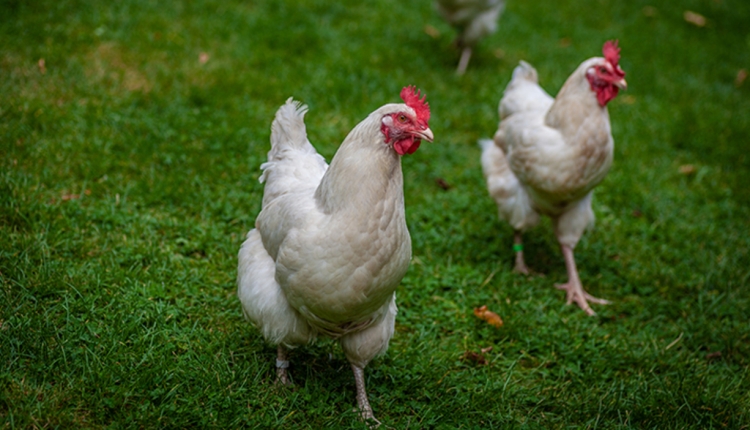Of the major exporting countries last year, only one - the U.S. - posted double-digit growth in multiple dairy product categories. Speaking to a group of dairy economists was Véronique Pilet from the National Center for Interprofessional Dairy Industries (CNIEL) in Paris, France. She noted that New Zealand and the European Union (as a federation of 28 countries) are stepping up milk production . . . and as a result, dairy product manufacturing.
Looking back, skim milk powder exports rose 25 percent in the U.S. while cheese exports grew 22 percent during 2013, Pilet pointed out. In the European Union, whey exports grew 5 percent and cheese 3 percent while whole milk powder and butter oil grew just 2 percent in New Zealand. Nearly all other product categories were down.
That limited production growth and strong product demand sent milk prices skyward to record levels.
As a result of those market signals, dairy farmers in the European Union and New Zealand have stepped up production. In January and February alone, New Zealand milk collections were up 9.3 percent over the prior year. In the European Union, milk was up 4.7 percent. Even Australia, which hemorrhaged milk volume during the past decade, grew 2.5 percent in the first two months of the new year.
What about the U.S.? We have been up just 1 percent in the first three months despite every market signal saying, "Make milk."
What will the future hold?
While New Zealand, the U.S. and the E.U. are ramping up even more production capabilities to meet world demand, the near future can be summed up with five letters - China. In 2013, China's whole milk powder imports were up 53 percent; skim milk powder, 40 percent; and whey was up 15 percent. If China's demand continues to grow, its growing economy and 1.3 billion people will consume even more dairy.
Should China get its own domestic dairy industry on firm footing, experience a drop in product demand or have an economic downturn, it could send dairy markets into a free fall.
Even with that potential risk, the upside far outweighs the risk and exporting dairy nations are stepping up milk production. And rightly so.

The author is the managing editor, and he brings 18 years of industry leadership to our readers overseeing all editorial content and production of the magazine. His degree from the University of Wisconsin-Madison combined dairy science and agricultural economics
Looking back, skim milk powder exports rose 25 percent in the U.S. while cheese exports grew 22 percent during 2013, Pilet pointed out. In the European Union, whey exports grew 5 percent and cheese 3 percent while whole milk powder and butter oil grew just 2 percent in New Zealand. Nearly all other product categories were down.
That limited production growth and strong product demand sent milk prices skyward to record levels.
As a result of those market signals, dairy farmers in the European Union and New Zealand have stepped up production. In January and February alone, New Zealand milk collections were up 9.3 percent over the prior year. In the European Union, milk was up 4.7 percent. Even Australia, which hemorrhaged milk volume during the past decade, grew 2.5 percent in the first two months of the new year.
What about the U.S.? We have been up just 1 percent in the first three months despite every market signal saying, "Make milk."
What will the future hold?
While New Zealand, the U.S. and the E.U. are ramping up even more production capabilities to meet world demand, the near future can be summed up with five letters - China. In 2013, China's whole milk powder imports were up 53 percent; skim milk powder, 40 percent; and whey was up 15 percent. If China's demand continues to grow, its growing economy and 1.3 billion people will consume even more dairy.
Should China get its own domestic dairy industry on firm footing, experience a drop in product demand or have an economic downturn, it could send dairy markets into a free fall.
Even with that potential risk, the upside far outweighs the risk and exporting dairy nations are stepping up milk production. And rightly so.

The author is the managing editor, and he brings 18 years of industry leadership to our readers overseeing all editorial content and production of the magazine. His degree from the University of Wisconsin-Madison combined dairy science and agricultural economics









